Getting around New York
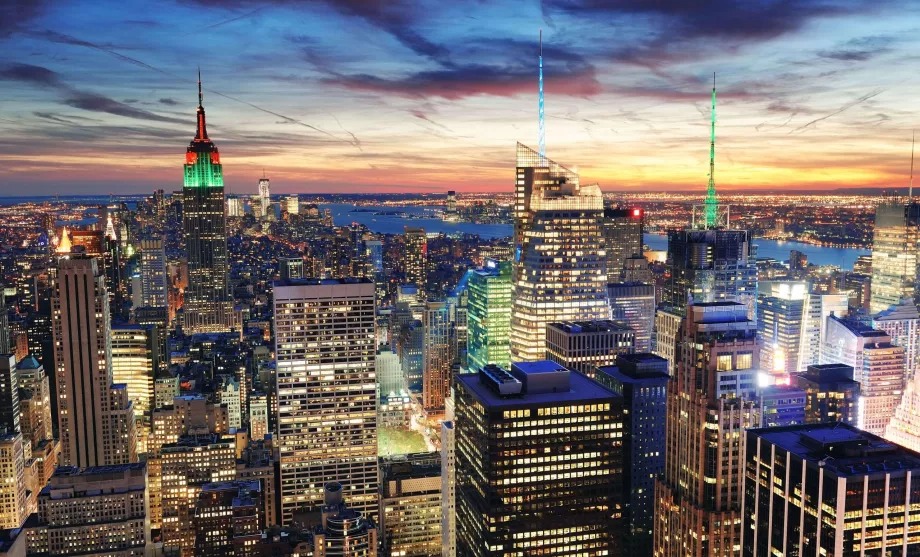
Forget about getting around in New York without public transport or taxis. You'll be able to walk parts of Manhattan, but never all of it. In New York, you'll make the most of the subway.
Compare NY hotel prices on booking.com
Public transportation tickets
New York City has a single fare system for MTA subway lines and buses.
OMNY contactless payment
There is no longer a need to purchase a Metro Card, but the OMNY contactless payment system is now in place. So you can use your regular debit, credit or reloadable card to pay your fare, and of course you can also pay with your mobile phone or Apple Watch and similar methods.
Simply put your card/mobile/watch to the reader when you enter the metro or bus and the fare will be counted. There is no need to deal with ticket collection, the prices are the same as when using the classic paper Metro Card.
- 1 ride - USD2.90
- 7 days - 34 USD
In practice, the system is set to a weekly limit on the amount that can be charged to your card. If you take 12 or more rides, you do have to swipe the card each time you do so, but no money will be charged above the amount 34 usd within a week.
Paper Metro Card
The so-called Metro Card is still valid. This itself is charged 1 usd and can be used or topped up multiple times (only multi-day ones). Fares are then divided into single or time-based fares. You will probably have your Metro Card from your ride from the airport, so don't throw it away.
New York City public transportation fares:
- A single fare costs $2. 90
- A 7-day unlimited pass costs $34 .
- A 30-day unlimited pass costs $132 .
While the 7-day and 30-day cards are reloadable, the single-ride card costs 1 usd, but cannot be used again. In addition, two rides must always be purchased, so the lowest value paper ticket in New York City is 6,80 usd: 5,50 usd for two rides + the $1 cost of the card.
For more information, visit the transit authority's website at mta.info.
Single ride
If you really only plan to travel once and don't want to use your own credit card, you can buy a single ride ticket at the machine in addition to the Metro Card.
The ticket is non-transferable and costs 3,25 usd.
Where to buy a Metro Card?
Tickets can be bought from vending machines at all metro stations, where you can pay with cash or credit card. They can also be bought in many newsagents or supermarkets, see the full list.
Where does the MTA pay fares?
You can pay contactlessly via OMNY terminals and use your Metro Card on all New York City subway lines (always the entire length of the subway route) and on Local or Select Bus Service (SBS) bus lines.
The fare is valid on bus lines marked M, Q, B, Bx, or SIM, i.e. all routes in Manhattan, Queens, Brooklyn, the Bronx, and Staten Island. On the other hand, a special single fare applies on express lines (marked with an X) 6,75 usd. Tourists won't encounter many of these, however.
Tickets or MTA contactless payments are also valid on the Roosevelt Island Tramway.
MTA fares are not valid on rail lines or for travel to New Jersey.
What about transfers?
Transfers can be a bit complicated in New York City, but if you are transferring from one subway line to another within the same transfer station, you don't go through any turnstiles. Conversely, if you take the subway and the bus, there will always be two separate trips.
Metro
Due to its size, New York is served by 25 lines, distinguished by letters and colours. Many of them share routes in Manhattan itself, only splitting up when traveling to the suburbs of the Bronx, Queens, or Brooklyn.
New York City subways run 24 hours a day. At peak times, the subway runs almost every few minutes, but at night the intervals can extend considerably to half an hour.
Because the New York City subway is the most common mode of transportation you'll use, we've compiled the details into a separate chapter Metro New York.
MTA buses
There's not much bus travel in New York City, at least until we're talking about tourists. Buses are identified by a letter and a number, where the letter indicates the area in which the bus operates (M = Manhattan, Bx = Bronx, B = Brooklyn, Q = Queens; S = Staten Island). The number then complements the specific route.
You can use the bus service especially for local short trips, for example in the vicinity of Central Park or in Brooklyn and Queens.
Buses are also of significant use in Staten Island, where there is no subway network, and also when travelling to La Guardia LGA, which is also not served by the subway.
When boarding, you stick your Metro Card into the validator, which reads the card and returns it; when using contactless payment, you just put your cell phone/card to the reader during boarding.
Stops are on signal, so you always have to pull the yellow string along the windows or press the "Stop" button to get off.
All city buses are operated by the MTA, the same company that operates the subway.
For maps of each route by area, visit web.mta.info/maps.
Cable car "Tramway"
When you've had enough of the subway ride, hop on the cable car.
New York's suspended cable car runs between Roosevelt Island and 53rd Street and 2nd Street. Avenue. Rides are 7-15 minutes apart and operate from 6:00am to 2:00am (until 3:30am on Fridays and Saturdays). Fares are paid with a MetroCard and the fare schedule is identical.
The cable car to Roosevelt Island is referred to as the "Tramway", although it has nothing at all to do with the tram as we imagine it.
Official website: rioc.ny.gov/302/Tram
Boats on the East River (ferry)
Spice up your visit to New York City with a spectacle from the water. Along the east side of Manhattan, you'll currently find 6 regular boat lines and 1 special Staten Island Ferry, see below.
Boats usually run from 6am to 2am after midnight. For a detailed schedule, visit ferry.nyc/routes-and-schedules.
You cannot use a MetroCard for the cruise and must purchase a ticket before boarding. There are machines at the dock and the ticket costs 2,75 usd for one ride. Children under 110 cm sail free.
Staten Island Ferry
If you are traveling to Staten Island, there is a free ferry that departs every 30 minutes.
You should take the cruise even if you don't plan to visit Staten Island. It sails alongside the Statue of Liberty and offers not only a beautiful view of the statue, but especially of all of Downtown Manhattan.
Once you arrive in Staten Island, it's possible to quickly transfer to the next ferry and sail back within a minute. Many people will run with you, all tourists travel that way. The ferry runs 24 hours a day.
Official information and schedule: www.siferry.com
Taxi, Uber, Lyft
The yellow cabs so typical of New York will be your daily haunt on the streets of Manhattan. If you need a quick and convenient ride, wave.
Taxis in New York cost about 3,50 usd for a boarding fee (varies from day to day) and then 0,5 usd for every 300 meters. You can pay with both cash and credit cards.
Check nyc.gov/taxi-fare for current rates.
For example, the price from JFK Airport to Manhattan is around 55 usd.
Uber or Lyft mobile apps are also very popular in New York. Especially between the hours of about 7:00 am and 4:00 pm, Uber or Lyft is usually cheaper than regular taxis. On the other hand, at peak times of the day, when there is more demand, these services are often more expensive.
Transportation to New Jersey
On your way to the other side of the Hudson River, you leave New York City and New York State and enter New Jersey. From a tourist perspective, there's not much to see here, but accommodation prices can be so much more interesting than in Manhattan that it's worth staying in New Jersey.
It is important to remember, however, that there is no MTA fare on any mode of transportation between Manhattan and New Jersey.
There are several options for travel between New York and New Jersey:
- Ferries - the most interesting and fast form of transportation, if you live on the coast, is offered by the numerous ferries of the NY Waterway (official website: nywaterway.com/FerryRoutesSchedules). The cheapest one-way tickets start at 9 usd.
- PATH trains - the busiest, most convenient and cheapest form of transportation. Trains run from Newark, Jersey City, and Hoboken to the World Trade Center as well as Central Manhattan (33rd Street).
- Timetables, maps
- Price 5,50 usd for two rides (regardless of distance) + 1 usd for a Metro Card, but not for 7- or 30-day fares
- NJ Transit trains - connect central Penn Station to Newark and destinations further afield in New Jersey
- Timetable maps
- Fares to Newark approx. 5,25 usd one-way
- Buses - dozens of bus lines offer numerous connections, but they have no cost advantage over trains, much less time advantage, and it's significantly more difficult to find the right stop
The fastest service is provided by trains, which can take you to Jersey City or Hoboken in 10 minutes, and to Newark in about 20 minutes.
Transportation to Long Island
If, on the other hand, you're living on Long Island, in addition to the subway lines that run within New York City limits, you can also take the much faster LIRR, aka Long Island RailRoad.
While the LIRR trains are operated by the MTA, the fares applicable to New York City subways and buses do not apply to these services, even when traveling within the city limits. So you always have to buy single tickets, which are calculated based on distance and whether you're traveling during peak or off-peak hours.
Any questions left?
If you have any questions or comments about the article...
2 comments
The guidebook says that transfers in the metro are sometimes complicated. What line and transfer station would you recommend for getting from JFK to transfer to the Red, Blue or Orange line (exit at 103St)? I see that the E line might be the best and transfer to the blue C at 50St.
You can't transfer there to another line when the connecting direction is reversed (same at many other stations). The only way would be to get out and pay again. Transferring to the same ticket in the opposite direction goes on the 14St.
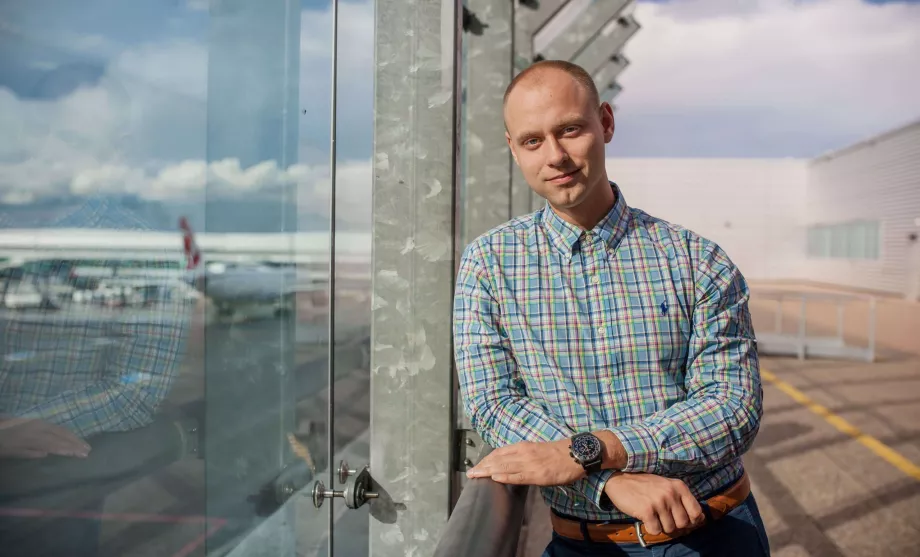
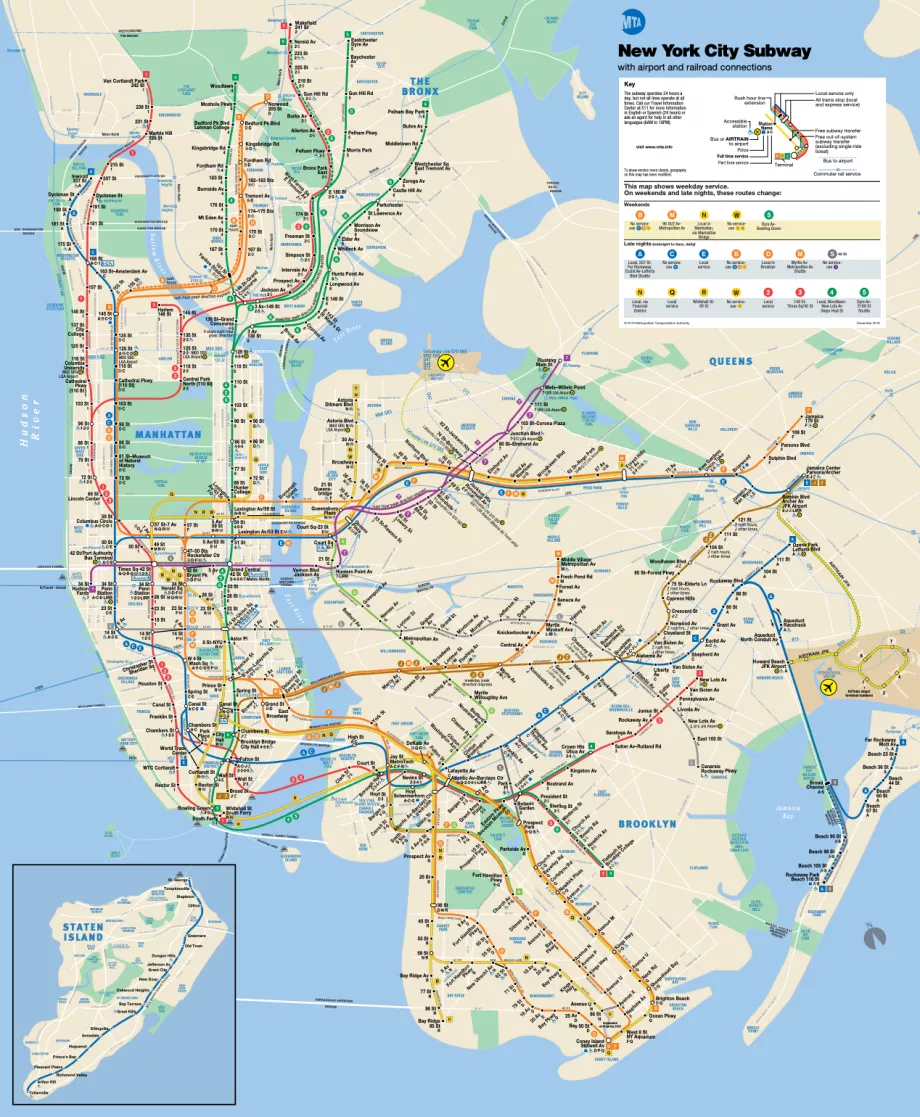
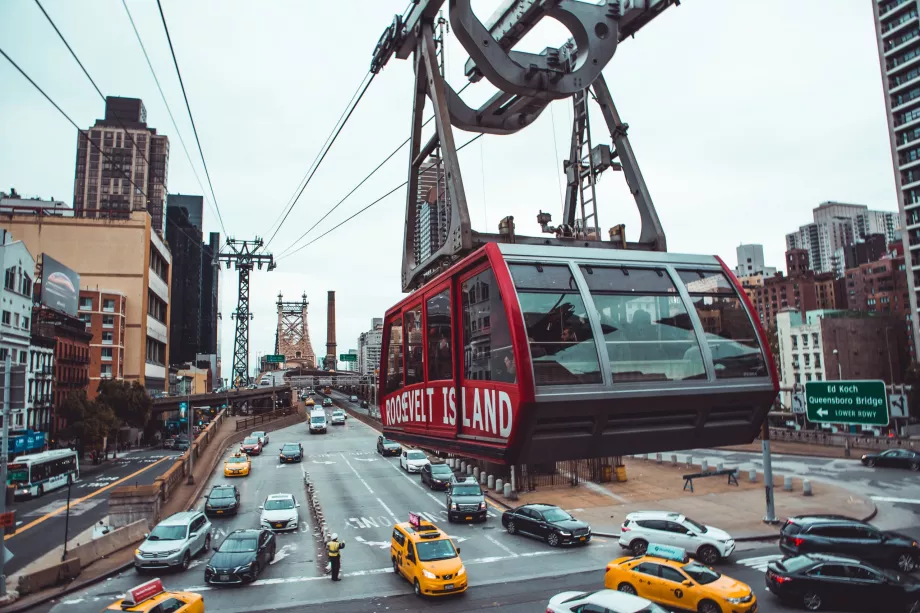
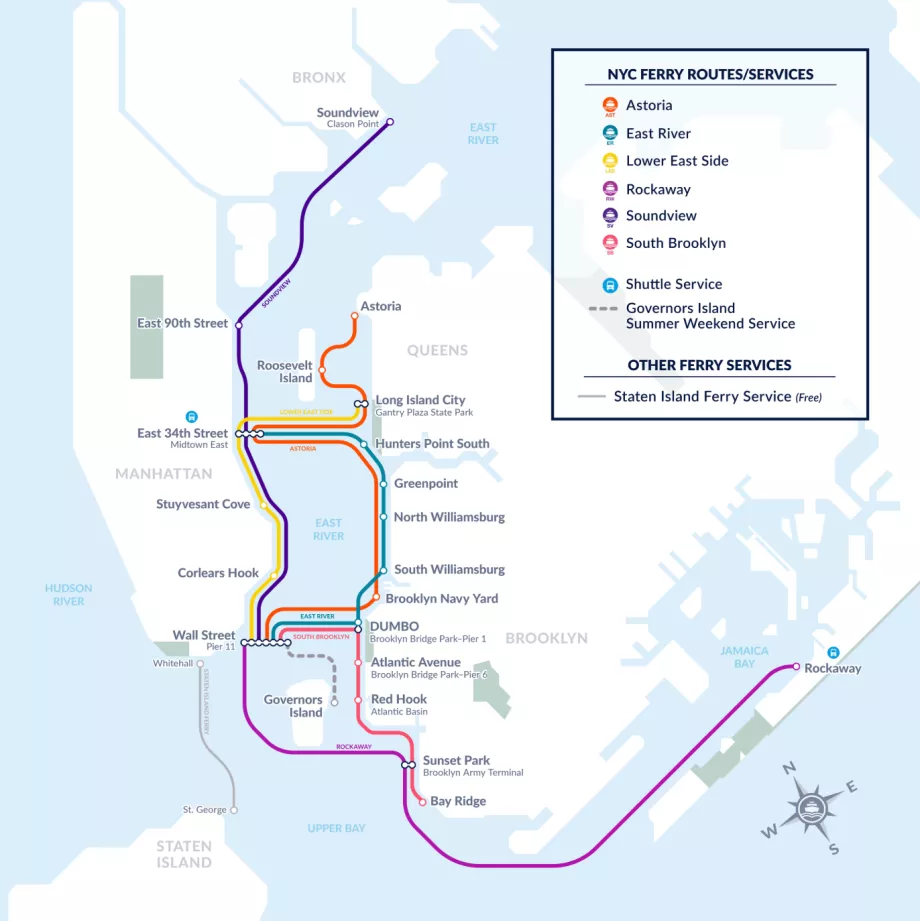
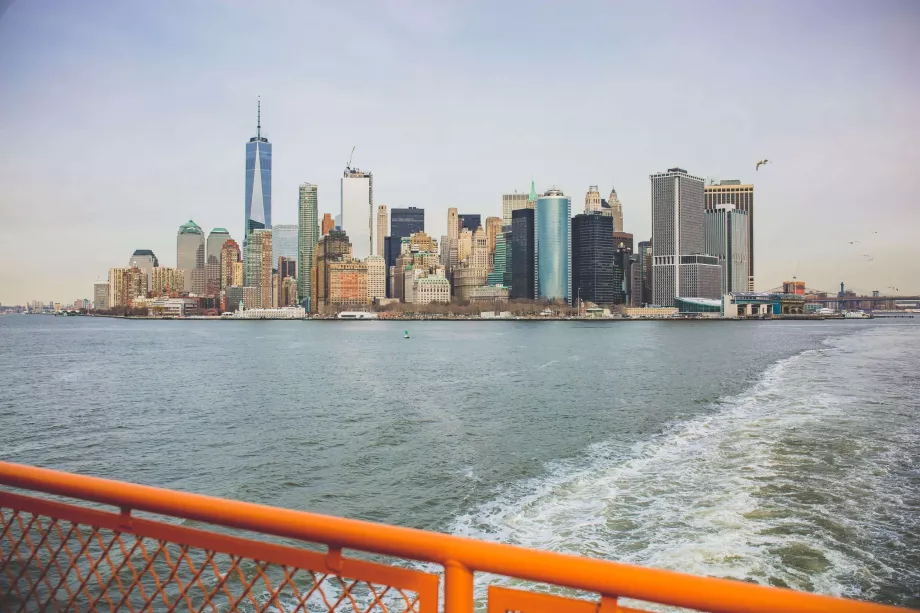
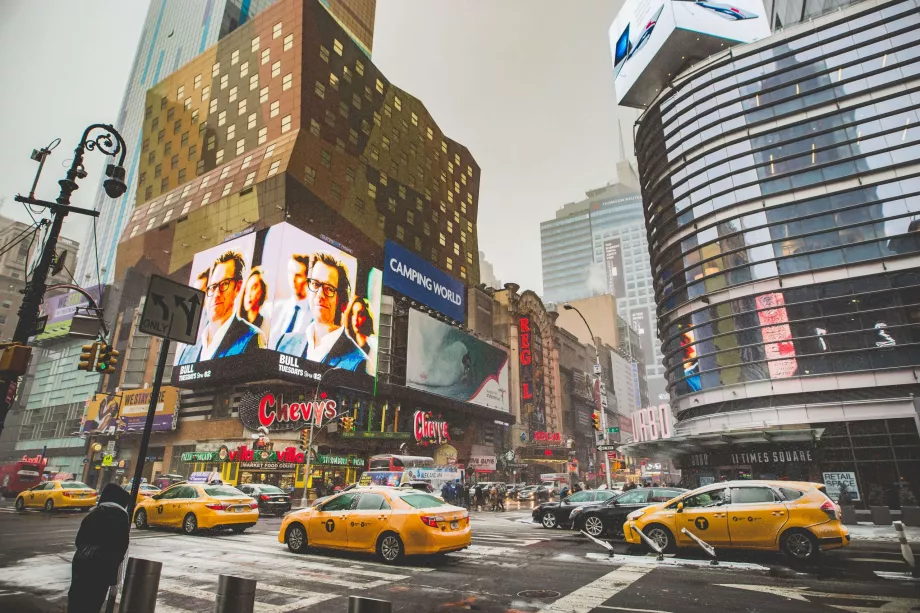

HOW TO BUY AN OMNY?